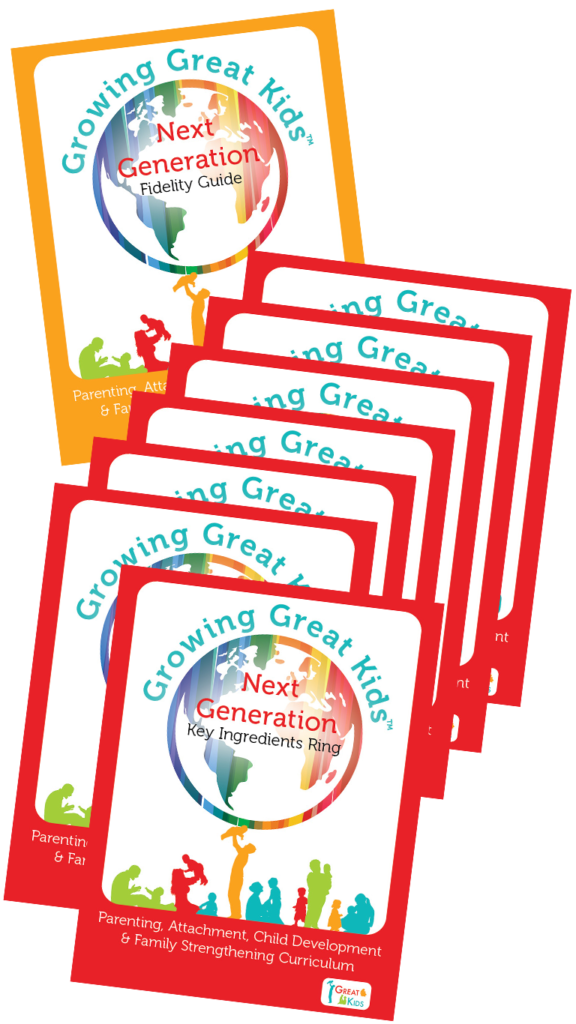 Today we are going to start our discussion by painting a picture with our minds. Envision the sights, sounds, and even smells of this description and drift into the shoes of this couple that is about to be described. It’s the beginning of November, the air that once felt like fall now brings about the chilling winds of winter. A couple expecting their very first child rushes about their home early in the morning to prepare for their work day. The aroma of breakfast cooking on the stove fills the home as the expectant mother slowly sits down at the kitchen table to have a morning meal. Only moments after taking a seat, the mother’s water breaks. Shrills of excitement fill the mother’s and father’s voice as they rush to deliver their baby at exactly 40 weeks. Delivery is difficult of course, but after a long night, a beautiful baby is placed in the arms of the mother. After spending a couple of days in the hospital, the couple is sent home with their new bundle of joy. We wish every single delivery could go as smoothly as the one described, but we know this scenario is not the reality for so many parents.
Today we are going to start our discussion by painting a picture with our minds. Envision the sights, sounds, and even smells of this description and drift into the shoes of this couple that is about to be described. It’s the beginning of November, the air that once felt like fall now brings about the chilling winds of winter. A couple expecting their very first child rushes about their home early in the morning to prepare for their work day. The aroma of breakfast cooking on the stove fills the home as the expectant mother slowly sits down at the kitchen table to have a morning meal. Only moments after taking a seat, the mother’s water breaks. Shrills of excitement fill the mother’s and father’s voice as they rush to deliver their baby at exactly 40 weeks. Delivery is difficult of course, but after a long night, a beautiful baby is placed in the arms of the mother. After spending a couple of days in the hospital, the couple is sent home with their new bundle of joy. We wish every single delivery could go as smoothly as the one described, but we know this scenario is not the reality for so many parents.
Parents all hope for routine deliveries that provide them with a healthy baby who can return home in just a few short days, but many babies are born into this world before spending 40 weeks in the womb. In these emotionally trying times, babies are not sent home after delivery, but usually placed in the Neonatal Intensive Care Unit (NICU). No parent should have to watch their precious newborn from afar, but thousands of parents have to visit their baby in the NICU each year. As November marks National Prematurity Awareness Month, let’s take an opportunity to discuss prematurity further and how parents can promote a healthy and full-term pregnancy.
Prematurity among infants is a public health concern in the United States. Each year, roughly 400,000 babies are born preterm leaving about 1 in 10 infants to face prematurity in the year 2015 (Barfield, 2016; Centers for Disease Control and Prevention (CDC), 2017). These numbers pose a serious threat to babies as preterm birth has been listed as one of the top 5 leading causes of infant death in past years (CDC, 2017). The American Academy of Pediatrics (2015) explains that a baby is considered preterm when they are born before 37 weeks of pregnancy. Infants born prematurely can face a number of concerns. These concerns include: respiratory problems, feeding difficulties, cerebral palsy, developmental delay, and problems with hearing and vision (CDC, 2017). As a home visitor, it is highly likely that your heart breaks at the thought of a baby being born into a world where they have to fight extra hard to keep up every day. Prematurity is a difficult topic to discuss as we don’t want to think that the smallest humans in the world are starting out life with struggles. Luckily, research is showing there are precautions that can be taken to promote a healthy and full-term pregnancy.
It is important to mention that even what seems like the healthiest of pregnancies can end in a preterm birth (CDC, 2016). There is no way we can guarantee parents that their pregnancy will be problem free. Despite this, research has identified factors that can increase the risk of preterm labor (CDC, 2016; Thomas, Copen, Kirmeyer, 2016). These factors include:
• Cigarette smoking
• Substance abuse
• Stress
• Depression
• Short interpregnancy intervals
Many of these factors may seem out of your control, but there are ways you can help. That’s right, you as a home visitor have wonderful opportunities to talk with parents about how they can have a healthy pregnancy! You even have your Growing Great Kids (GGK) and Growing Great Families Curricula (GGF) available to you which provides conversation guides around what can be uncomfortable subject matter. For example, you might be thinking how do I even begin a conversation around using drugs or smoking while pregnant? These are extremely difficult conversations to have with parents, but not to worry. There are modules like Healthy Pregnancy…Healthy Baby that provide a conversation guide around prenatal smoking and drug use. GGF even offers numerous modules on stress which we learned can be a contributing factor in preterm birth. Before wrapping up this discussion, please review the list of GGK and GGF modules that can provide support for healthy pregnancies and help prevent preterm births.
Growing Great Kids Prenatal Manual
Unit 2 Module 3: Prenatal Depression In Moms And Dads Is Not Uncommon
Unit 3: Module 3 Healthy Pregnancy… Healthy Baby
Unit 4: Module 2 Power Down Stress…Power Up Happiness
Growing Great Families Manual
Unit 2: Module 2…Sizing Up Your Strengths…Reducing Stress
Unit 2: Module 5… Warning Signs For Stress Overload
Unit 3: Module 10…Planning A Family
Unit 3: Module 8…When Depression Is A Concern
November is a busy month as the holiday season begins and the new year approaches, but in the hustle and bustle of the month, don’t forget it is National Prematurity Awareness Month. Remember, you have the ability to help prevent preterm births using modules like the ones listed above. The factors that can cause preterm birth can be hard subjects to discuss, but there are already conversation guides created to make these conversations easier. We hope you have enjoyed this discussion and that have a wonderful November. Please go forth and share with parents how to turn healthy pregnancies into healthy babies!
References
American Academy of Pediatrics. 2015. Caring for a premature baby: What parents need to know. Retrieved from: https://www.healthychildren.org
Barfield, W. 2016. National prematurity awareness month: Celebrating successes and taking action. Retrieved from: https://www.cdc.gov
Centers for Disease Control and Prevention. 2017. Infant mortality. Retrieved from: https://www.cdc.gov
Centers for Disease Control and Prevention. 2017. Preterm birth. Retrieved from: https://www.cdc.gov
Thomas, M. E., Copen, C. E., & Kirmeyer, S. E. 2016. Short interpregnancy intervals in 2014: Differences by maternal demographic characteristics. Retrieved from: https://www.cdc.gov

